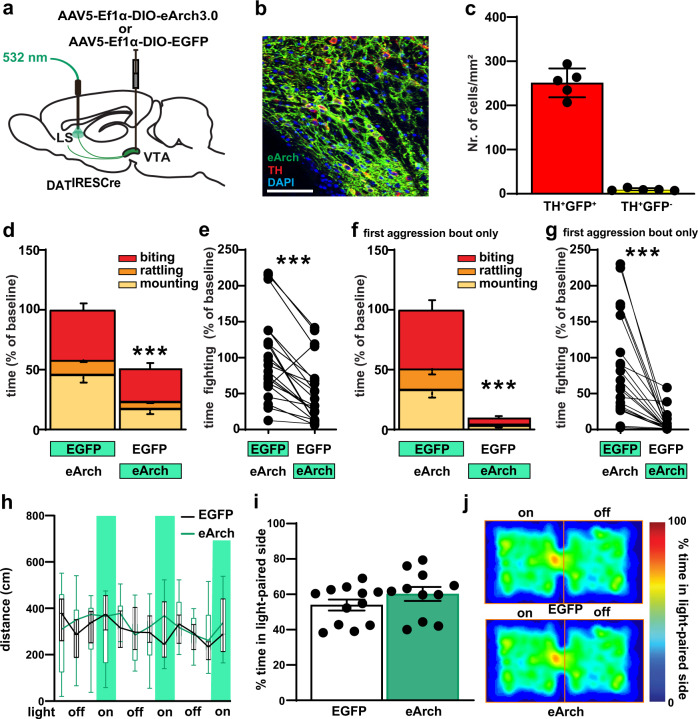Fig. 6. Optogenetic inhibition in VTA→LS DAergic terminals impair aggressive behavior.
a Schematic diagram for viral injection in DATIREScre and terminal green light stimulation for optogenetic inhibition. b Representative image of cell type-specific eArch3.0-eYFP expression (green) in VTA DA neurons (red), with colocalized neurons in yellow, scale bar (100 μm). c Quantification of Arch expression in TH+ neurons. d, e Inhibition (green) of LS DA terminals in DATIRESCre mice by optogenetic stimulation of eArch reduced aggression behavior. f, g Inhibition (green) of LS DA terminals in DATIRESCre mice by optogenetic stimulation of eArch abolished aggression behavior during the 55 s of light application triggered by the onset of the first aggression bout. h No locomotion activity change was detected after LS DAergic terminal inhibition in the open field, during alternating 3 min off and 55 s on (vertical green shading) bouts of continuous eArch stimulation. i During the RTPP task, the percentage of the time, over a 20 min session, spent in the stimulated zone was not significantly different between EYFP and eArch expressing mice. j representative heat maps of the time spent in the stimulated zone during RTPP. P < 0.01; ***P < 0.001 compared with their respective controls; mean ± SEM; n = 21 pairs, Box plots represent median and IQR and whiskers extend to maximum and minimum values (h). (Supplementary Data 1 for detailed statistics).

